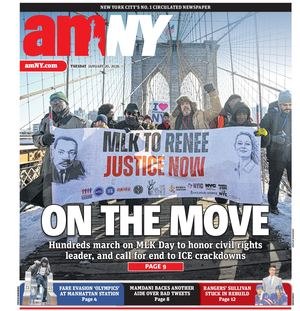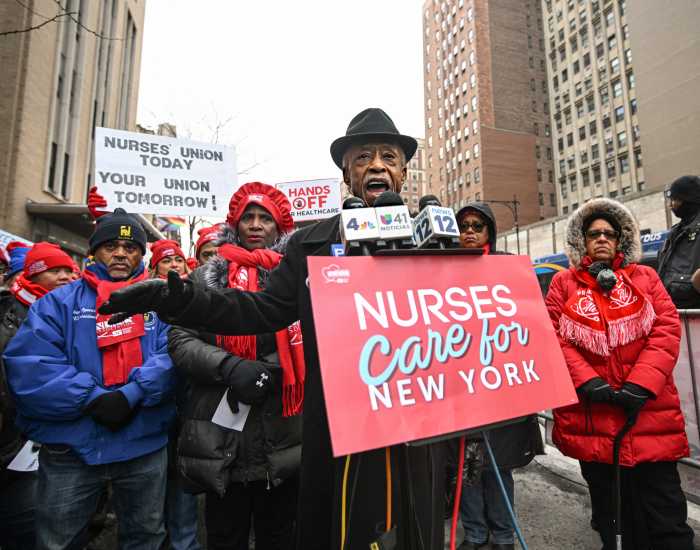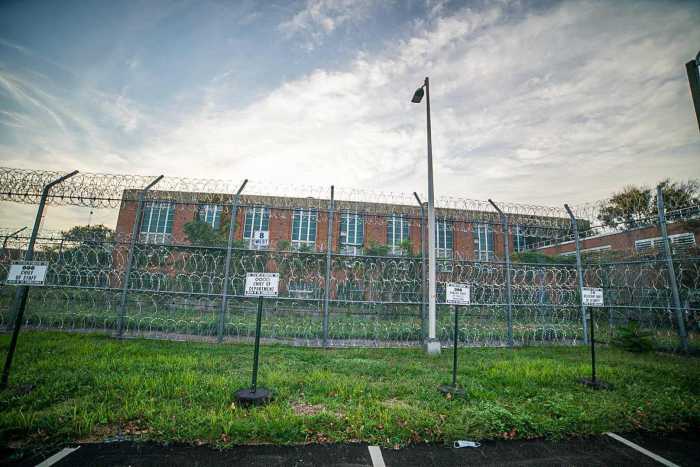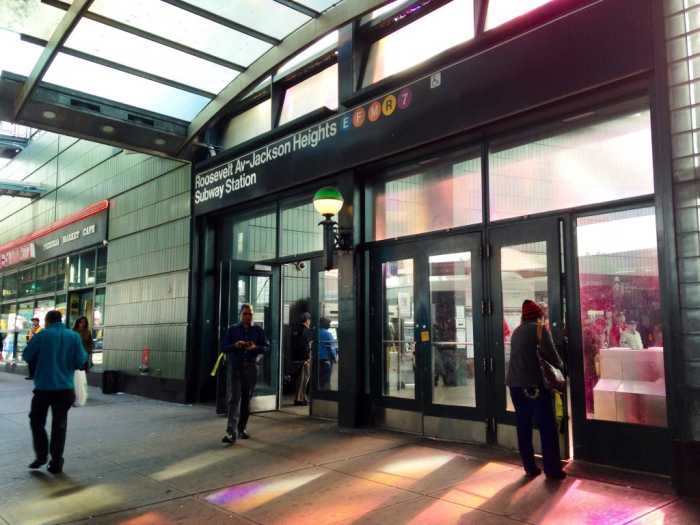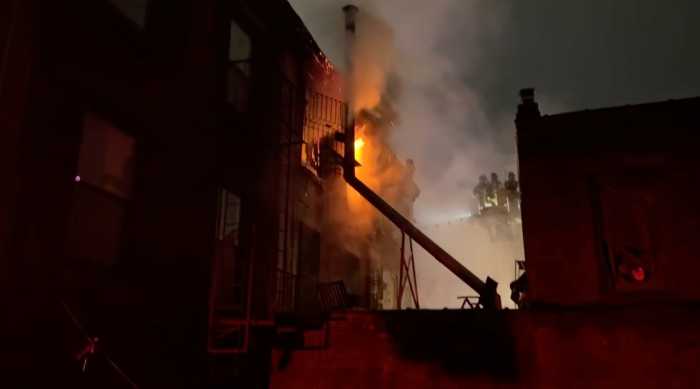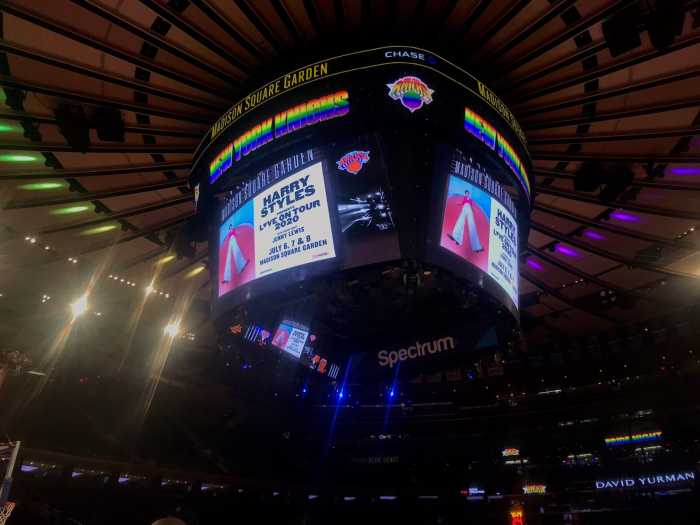
BY ALINE REYNOLDS | The topping out of Four W.T.C. has been postponed by at least two months due to the loss of a crane that in mid-February dropped a pile of steel beams and somehow left construction workers and passersby unscathed.
“We have a little impact right now,” said Mike Goldberg, an executive at Tishman Construction, the firm charged with the build-out of Four W.T.C., at Community Board 1’s World Trade Center Redevelopment Committee last Monday, March 12. “We were looking at early May, [but] it’s probably going to be two months after that at this point.”
A source familiar with the construction of Four W.T.C. reported that the incident, which leaves the tower with only one crane at its disposal, has caused construction delays that could drag on for even more than two months, depending on how long it takes to get a second crane atop the building to replace the faulty crane. This could conceivably lead to the stalling of the building’s opening, which is expected to take between one-and-a-half to two years once the tower is fully built out, according to the source.
The news coincides with months-long investigation by the Port Authority of New York and New Jersey of the faulty FMC / Link-Belt TG 1900 crane, which has been taken apart and transported to a warehouse in Bayonne, New Jersey, according to Steve Coleman, a Port Authority spokesperson. Coleman declined to comment further on the investigation.
In light of the incident, the city Department of Buildings sent out a letter to crane operators of the same make and model asking that they reduce their maximum capacity loads by 25 percent as a precautionary measure, according to Bethany Klein, a vice president in Tishman’s structural engineering department.
An initial inspection conducted by the U.S. Department of Labor’s Occupational Safety and Health Administration revealed that there were no deficiencies found with the other cranes at the site nor with the company’s safety program, according to Tishman.
Had it not been for the site’s safety rules, the crane accident would have turned ugly, according to Dwayne Carter, representing Tishman’s corporate safety division. The company has established an access zone to keep authorized personnel out of crane-lifting zones and has set up an audible alarm system to alert workers every time there is a “crane pick” on the site, Carter said.
“It’s a basic policy within our company… we do not pick any type of load over any workers or the public,” said Carter. “That was one of the key things that helped prevent us from having any injuries.”
Carter added, “If we didn’t put in place some of these protocols… it would have been a total tragedy.”
Neither Tishman nor Silverstein Properties would comment on the status of the Port Authority’s investigation.
The malfunctioning crane was manufactured in 1976 but was rehabilitated in the years since, Klein told the committeee.
The crane of the same model being used at Three W.T.C. has been tested since the incident and has different interior machinery, according to Klein.
“The machine deck and all the motors have been replaced,” said Klein, “so it’s not exactly the same crane.”
The discussion became heated when Tishman spokesperson John Gallagher reminded the committee that the company does not own or operate the defective crane.
“If a company is outsourcing [work]… the buck stops with you,” said committee member Joel Kopel. “You have to do your due diligence to make sure that the company that you’re hiring is having machinery that is up to code and that’s not 35 years old and could possibly fail.”
Jay Badame, Tishman’s president and chief operating officer of the New York region, assured the committee that safety is “paramount.”
“We understand the buck stops here. We’re the general contractor, we understand that fully,” said Badame. “When we get the [results of the] investigation, we will be happy to come back and explain to you in detail what it says.”
